Helping Kids Thrive in the Age of AI with Logic and Pattern Play
A young child stacking colorful cubes into a tower is doing more than just playing – they're building brain skills for the future. In today's age of artificial intelligence (AI), children who develop STEM-related skills like logic, pattern recognition, and conditional thinking early on are better prepared to thrive. AI might sound high-tech, but at its core, AI relies on patterns, numbers, and logic. By encouraging our kids to explore these concepts through play, we set them up for success in a world filled with smart technology.
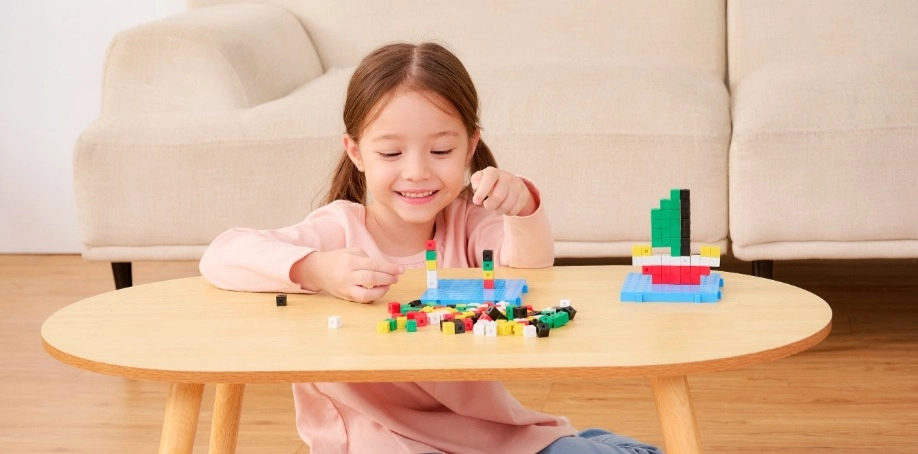
Why Patterns and Logic Matter
Think about how AI works: it finds patterns in information, follows logical rules, and makes decisions ( "if X happens, then do Y" ). When children practice spotting patterns or figuring out cause-and-effect through play, they're actually thinking in the same ways an AI does! For instance, noticing a red-blue-red-blue sequence in beads is pattern recognition. Figuring out that a tall block tower needs a wide base is logical thinking. And understanding that if you press a button then a toy lights up is basic conditional thinking. These foundational skills make kids fantastic problem solvers and creative thinkers. They'll carry that confidence into school subjects like math and science – and later on, into using and even creating technology.
Learning Through Play with STEM Toys
The great news is kids naturally learn these skills when play is fun and hands-on. U.S.L. offers a range of educational toys designed to nurture logic and pattern skills in playful ways. We've even included pictures of these products below so you and your little ones can see them in action! Here are a few favorites that blend learning with play :
2 cm Linking Cubes
As kids snap the cubes together, they not only learn counting, color sorting, and basic math, but also develop the essential logic and problem-solving skills that AI systems use to process data and make decisions. Through hands-on play, children practice skills in pattern recognition, spatial awareness, and sequencing, which are all key components in AI learning and development.
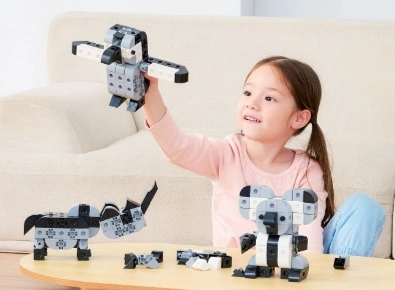
Transparent Geo Sticks
Just like AI systems use geometric patterns and shapes to analyze and process data, these flexible sticks allow kids to build shapes, letters, and designs while learning about geometry, symmetry, and angles. As children snap the sticks together to create repeating patterns or intricate designs, they engage in pattern recognition, a crucial skill for understanding AI.
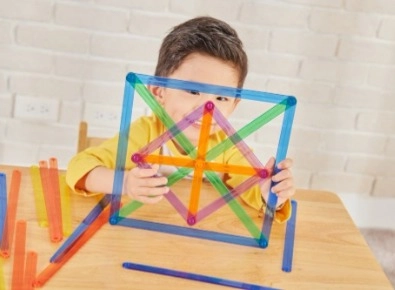
Geometric Construction Set
This set helps kids develop pattern recognition and spatial reasoning, which are essential for understanding how AI systems analyze and make decisions. By using the set to build and explore different shapes and structures, children are engaging in activities that mirror the logic and problem-solving AI uses to process information. As they construct, children learn how geometric patterns and numbers interact—just like the algorithms used by AI to recognize patterns and make decisions.
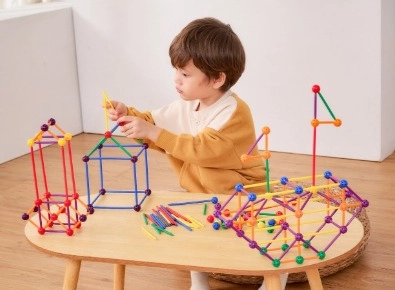
Each of these toys sneaks in STEM learning while kids are busy playing and having fun. Parents and teachers love seeing children light up when they "recognize" a pattern or solve a little puzzle. Retailers and wholesalers, on the other hand, have started to notice that the demand is growing for toys that deliver both entertainment and education.
Free Activity Cards
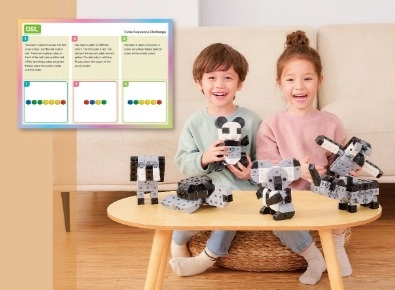
Activity 1: Cube Sequence Challenge
This game helps kids develop foundational AI skills like pattern recognition and logical reasoning. As they arrange the cubes, children analyze the sequence and use critical thinking to determine the correct order—much like how AI systems solve problems by recognizing patterns and following logical steps. It's a fun way to build the problem-solving skills that are key to understanding AI!

Activity 2: Cube Pattern Challenge
This game teaches kids pattern recognition and logical thinking, which are key AI skills. By building and continuing color patterns, children practice predicting and solving patterns—similar to how AI processes and analyzes data. Increasing the difficulty helps develop their problem-solving skills, essential for understanding AI.
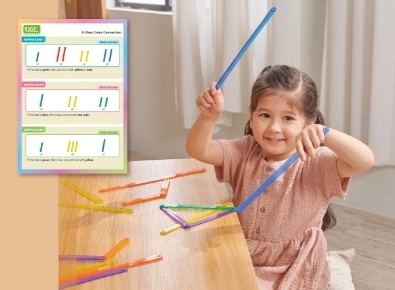
Activity 3: If-Then Color Connection
By following rules such as "If the stick is blue, connect it with any color," children practice making decisions based on conditions—just like AI systems process data based on specific parameters. As they increase the difficulty, kids strengthen their problem-solving skills, laying the foundation for understanding how AI analyzes patterns and makes predictions.
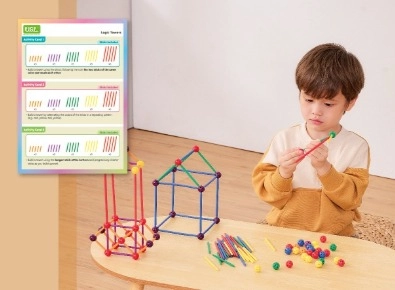
Activity 4: Logic Towers
This Logic Towers game helps children develop the logical thinking and pattern recognition skills that are key to AI development. Just like how AI systems follow rules to solve problems and make decisions, kids will use the rules in the challenges to build stable and logical towers. By following specific guidelines like "no same colors touching" or "alternating colors," children are practicing how algorithms work—making choices based on given parameters. These critical thinking and problem-solving skills are foundational for understanding AI logic and data processing in future technologies.
